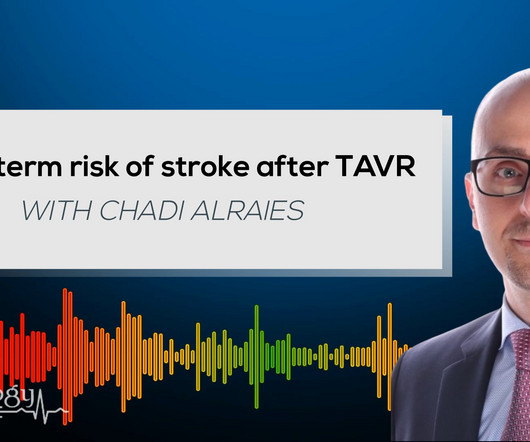Impact of leaflet thrombosis on valve haemodynamic status after transcatheter aortic valve replacement
Heart BMJ
DECEMBER 20, 2023
Objectives The effect of subclinical leaflet thrombosis, characterised by hypoattenuated leaflet thickening (HALT), on the valve haemodynamic function and durability of the bioprosthetic valve, is not yet determined. The presence of HALT did not significantly affect aortic valve mean gradients (with vs without HALT; 14.0±4.8











Let's personalize your content